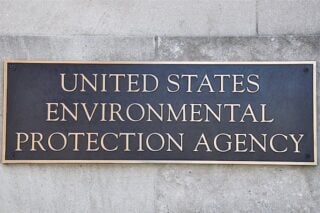The Charles H. Clapp Building at the University of Montana (UM) needs asbestos removed from it via renovations, but UM won’t follow through until state legislature funding can be requested again come 2017.
At the last legislative session, Senate Bill 416 was proposed for $10 million in funds for the Clapp Building renovations, yet the bill died in the committee. The next best approach is to create another bill to submit for the following session. Problem is, that’s not until 2017.
Unfortunately, Montana has a history with asbestos. One of the most productive asbestos-containing mines was located in the Zonolite Mountains near Libby, Montana. The vermiculite ore from the mines included tremolite asbestos, which is extremely toxic and is believed to be responsible for an unusually high number of deaths in and around Libby.
In fact, half the population was diagnosed with asbestos disease to date. So Libby, Montana is arguably “Ground Zero” in the war on asbestos. W.R. Grace & Company operated the contaminated mines for over 30 years and six of its executives were indicted on criminal charges as a result.
“The Clapp Building is a high-priority need,” said Deputy Commissioner for Communications and Human Resources in the Office of the Commissioner of Higher Education, Kevin McRae.
Asbestos was already abated from the third and fourth floors of the Clapp Building, but the rest is left in the ceiling. There’s also a plan in place that warns how asbestos exposure can cause lung cancer, mesothelioma, digestive system cancers, and asbestosis.
“As long as it’s above the ceiling, it’s safe,” said Associate Director of Planning and Construction, Kevin Krebsbach. “The ceiling tiles are a barrier to prevent asbestos particles from reaching students and staff.”
Signs at the entrances warn anyone who visits not to do anything ranging from disturbing the ceiling tiles to even changing a light bulb. There are guidelines in place and laid out in the UM asbestos operation and maintenance plans for the university’s workers to help them avoid exposure to asbestos.
If work must be done in the Clapp Building, the area needs to be contained so unprotected individuals are not at risk. Workers wear respiratory gear and any materials containing asbestos are to be properly removed and disposed.
A UM student, Jason Bowman, said that while he cares about the Clapp Building’s asbestos, he trusts that UM would’ve done something about it if it were a big concern. “The University’s going to do what the University is going to do,” he added.





